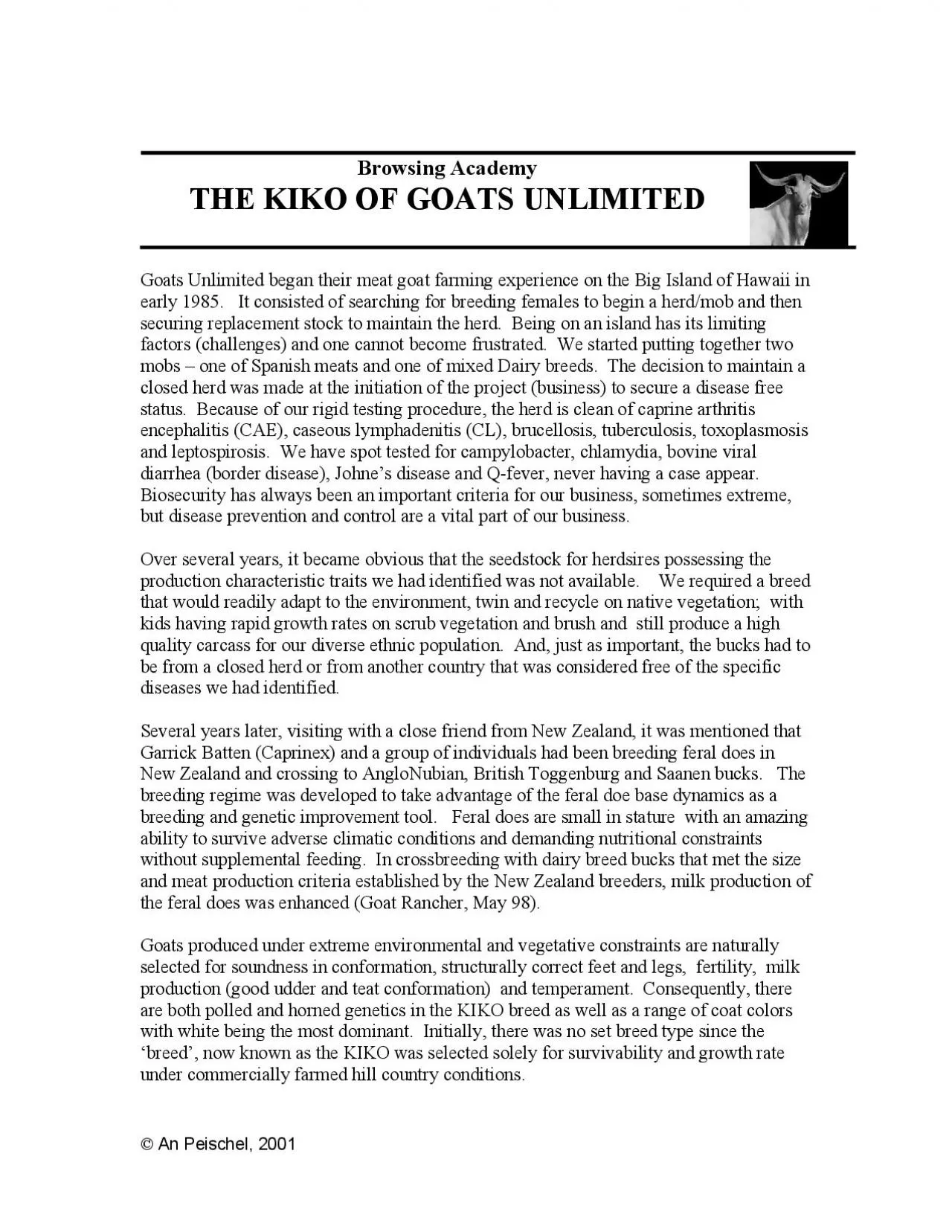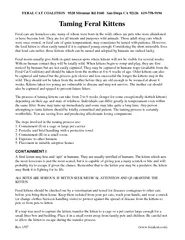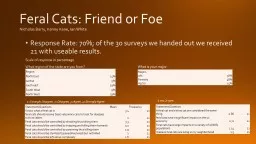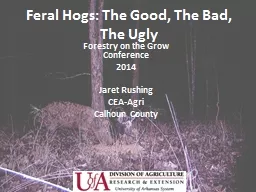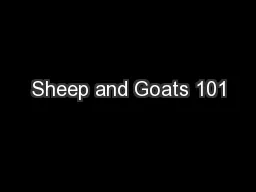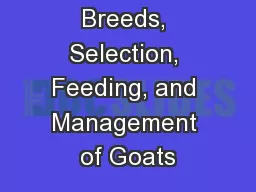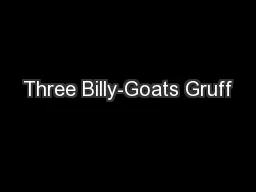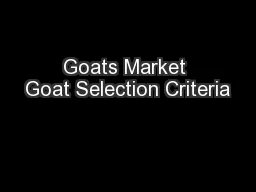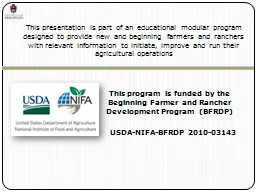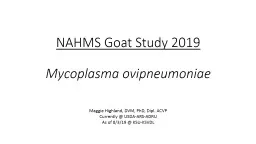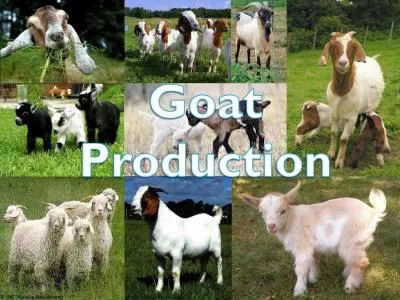PDF-the feral does was enhanced Goat Rancher May 98 Goats produced under
Author : susan | Published Date : 2021-08-06
The breeding flock was farmed on steep hill country and managed with minimal inputs such as internal parasite drenching The does were expected to twin at first kidding
Presentation Embed Code
Download Presentation
Download Presentation The PPT/PDF document "the feral does was enhanced Goat Rancher..." is the property of its rightful owner. Permission is granted to download and print the materials on this website for personal, non-commercial use only, and to display it on your personal computer provided you do not modify the materials and that you retain all copyright notices contained in the materials. By downloading content from our website, you accept the terms of this agreement.
the feral does was enhanced Goat Rancher May 98 Goats produced under: Transcript
Download Rules Of Document
"the feral does was enhanced Goat Rancher May 98 Goats produced under"The content belongs to its owner. You may download and print it for personal use, without modification, and keep all copyright notices. By downloading, you agree to these terms.
Related Documents

